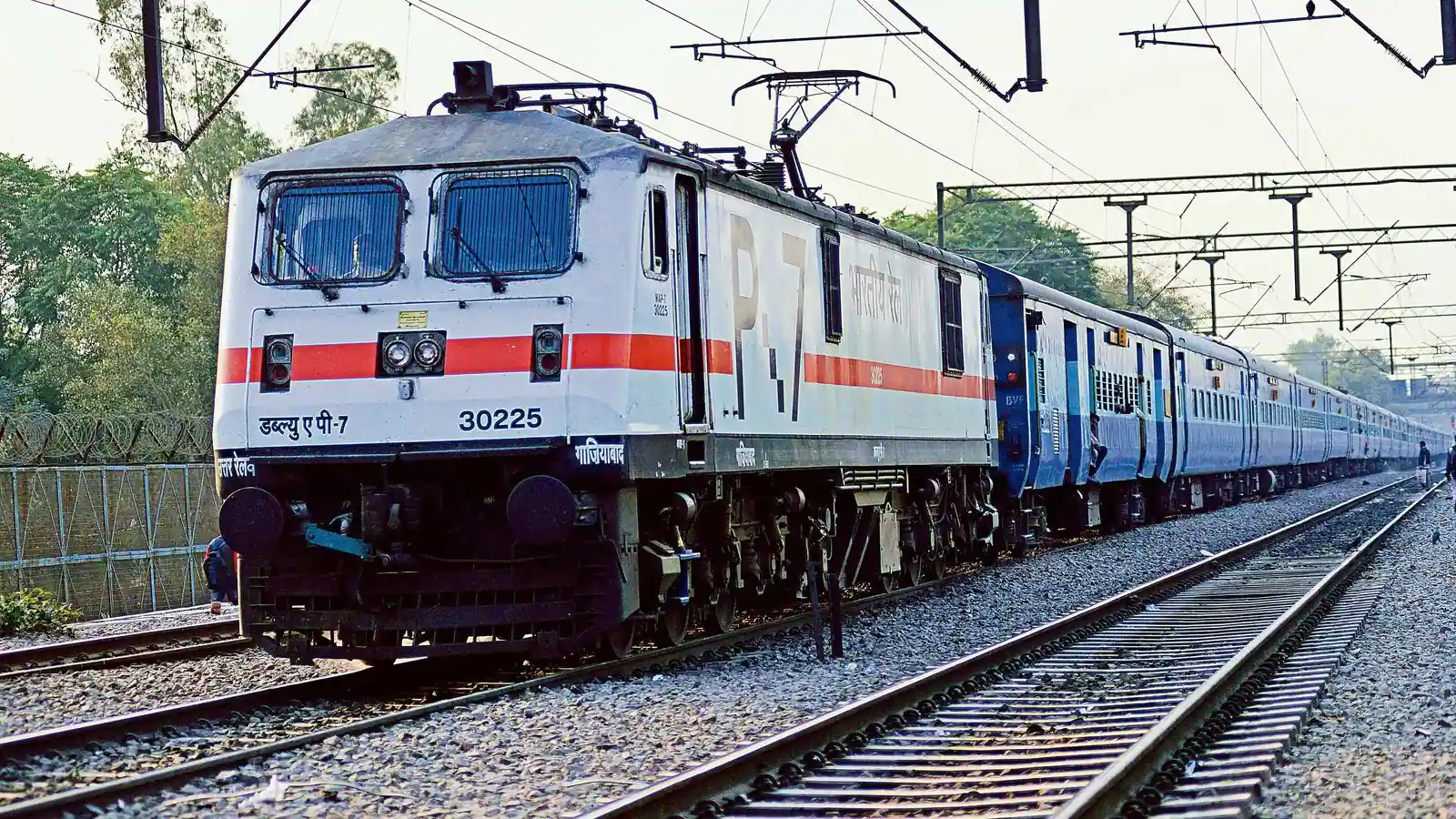
The Railway Sectors & Highways likely cover Rs 4 lakh crore next fiscal
NEW DELHI : The Highways and Railway Sectors are likely to get a combined budgetary allocation of over Rs 4 lakh crore, the highest ever. Both the road and railway ministries may see 20-30% increase in their allocation considering their track record in spending so far, sources said.
During the current financial year, the Centre has allocated almost Rs 2 lakh crore for the road transport and highways ministry and going by the current trend of expenditure; the total spending is likely to touch Rs 2.1 lakh crore by March end. Government sources said considering the amount of work that the highway ministry and its wings – NHAI and NHIDCL – have, it will be able to spend more during the next financial year when several under-construction highway projects are scheduled for completion.
In the case of railways, the government had allocated Rs 1.4 lakh crore for 2022-23 and sources said the national transporter is likely to spend more than that by March end. Since there will be greater focus on introducing more modern Vande Bharat trains, speeding up the track electrification programme and setting up of more cargo terminals, it will have the potential to spend more.
Sources said the allocation may be 25% more than the BE of 2022-23. They added that one of the main focus will be to take up works that would help the railways to increase its share in freight transport, which would play a key role in reducing the logistics cost.
The road transport and highways ministry is also seeking approval of revised cost of Bharatmala phase-1, its flagship highway development programme, and also the inclusion of around 7,000 km of new works.
The revised cost of the ongoing and future works, which would be known as Bharatmala-1A would be around Rs 13 lakh crore, the sources said.
Road and railway projects are the most visible development works and these generate more direct jobs. Sources said just before crucial elections, taking up more highway and railway works would generate more employment and also help blunt the criticism around jobless growth.
